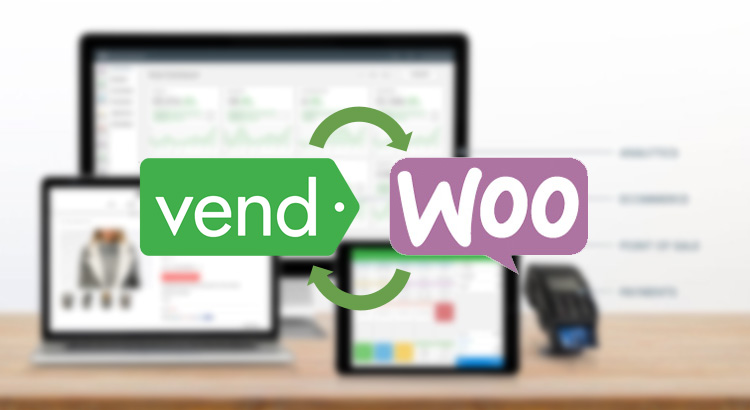LitExtension researched and found out the Prestashop to Prestashop migration tool which is the most workable solution to migrate Prestashop to Prestashop successfully. Online business owners are advised to upgrade to the latest version for more benefits. Below is clear guidance to upgrade Prestashop 1.3 to 1.6:
- Copy Connector to Prestashop 1.3
- Install migration tool on Prestashop 1.6
- Select data to migrate
- Perform directly migration from Prestashop 1.3 to 1.6
These steps are quite easy to follow and bring effectiveness. Bugs hardly happens because migration process is definitely automatic. Data can be migrated successfully and fully:
- SKU, Product Name, Description, URL*, Quantity, Stock Status, Model, Weight ...
- Base Image, Additional Images
- Base Price, Special Price
- Assign to Product Categories
- Attributes (Color, Size ...)
- Options (Size; Weight, Color ...)
- Extra Fields ( Checkboxes, Dropdownlist, Radiobuttons)
- Variants: can be grouped with related variants together to form a product
- Meta Title, Meta Description, Meta Keywords
- Currencies
- URL*, Name, Description, Base Image, Additional Images
- CustomerID, Username, First Name, Last Name, Email, DOB, Address ...
- Customer Password
- Customer Groups: Preserve relationships with their groups
- OrderID, Order products, Product price, Quantity, Order date, Status, Discount price ...
- Migrate Products and Categories SEO URLs
- Migrate 301 SEO URLs of categories and products
- Custom fields of Products, Categories, Customers and Orders
- Customers Name, Rating, Review, Status ...
- Tax rules, Tax rates, Product tax classes ...



 Find content
Find content Male
Male













